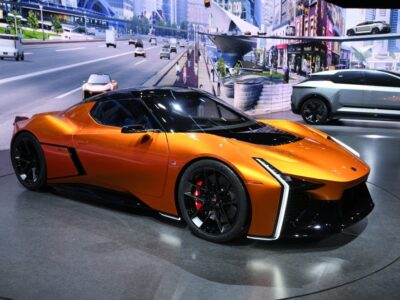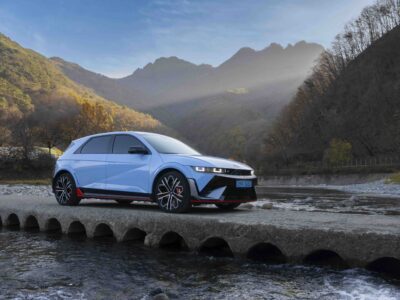Cruise, General Motors’ self-driving car co, is launching its Farm to Fleet program to purchase renewable energy credits from farms to power the electric fleet.
Cruise, General Motors’ self-driving car company, is setting a new industry standard with the launch of its Farm to Fleet program. Farm to Fleet purchases renewable energy credits from farms in California’s Central Valley region to power all of the company’s electric vehicles in San Francisco. The program is designed to remove 2.9 million gas-guzzling cars from the state’s roads and add revenue and new jobs to the state’s farming industry. Every mile a Cruise car drives benefits the state’s farmers.
Cruise is revving up by purchasing solar power credits from Moonlight and Sundale Vineyards for its autonomous vehicle fleet. These two farms, located in California’s agriculture-rich central region and already known for their agriculturally sustainable efforts, have solar panels hidden in their vineyards and groves. It’s a great way to make the land more sustainable and cut carbon emissions by directing the harvested power of the sun to the Cruise vehicles. Overall, the program is a key part of Cruise’s vision for a cleaner transportation future, one that supports the new federal administration’s goal to decarbonize all forms of transportation and trigger job growth in the process.
As California faces historic drought, wildfires, and electric grid overload, Cruise is making sure it can find innovative, sustainable ways to offset the added electricity its fleet will need.
“This is entirely about us doing the right thing for our cities and communities and fundamentally transforming transportation for the better,” explained Cruise spokesperson Ray Wert.
Farm to Fleet hopes to rapidly reduce big city transportation carbon emissions while generating income for the farmers that choose to lead the way in renewable energy efforts.
Cruise has partnered with clean energy provider BTR Energy to pay the farms’ contract rates. Using this renewable solar energy – 2 megawatts of capacity and 200,000 square feet of cold storage at Sundale and 3.9 megawatts of capacity at Moonlight – allows Cruise to offset its electric use back in San Francisco. The Cruise-BTR partnership is also in talks with Walmart for a delivery pilot program.
Cruise hopes the new program will set an industry energy standard and drive the desire for companies to use renewable energy. In effect, Cruise hopes this pilot program will incentivize more farmers and businesses to get involved.
“What Cruise seems to be trying to acknowledge is that there is carbon intensity associated with the electricity that they’re consuming, and they’re offsetting that in some way,” said Aram Shumavon, CEO of Kevala, a grid analytics firm. “There’s a whole category of carbon accounting, that’s referred to as Scope 3, which is trying to understand how much carbon the supply chain that you use to provide your service actually involves, and Cruise is probably, as a very deliberate decision, getting out in front of their Scope 3 requirements.”
This is a great example of an electric vehicle company willing to show accountability for electricity used.
“Transportation is responsible for over 40 percent of greenhouse gas emissions, which is why…we challenged the rest of the industry to report how many miles they’re driving on renewable energy every year,” Wert added. “We’re hoping that others follow our lead.”
Farm to Fleet is a win-win for all involved. It not only reduces carbon emissions, it generates economic opportunities for farms, allowing rural areas to create new revenue streams that aren’t 100 percent tied to crops. The program seems infinitely scalable, from northern California across the United States. It’s the type of creative sustainable approach that benefits businesses, consumers, farmers, the job market, and the environment.





